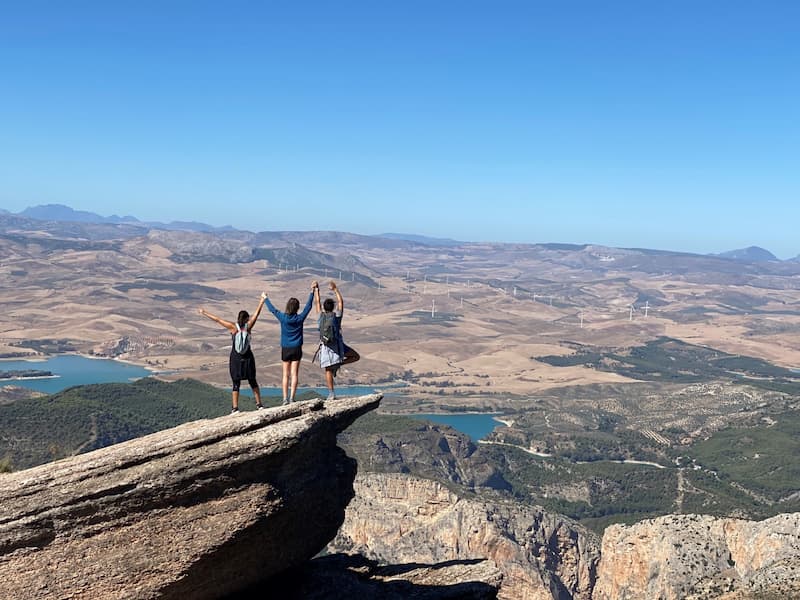What to see in Ronda, the dream city: 10 TOP enclaves
Through our articles, we want to value our environment and give you the opportunity to take advantage of your stay in our facilities. Today it is the turn of one of the best-known and most historic cities in the entire province of Malaga, what to see in Ronda, the dream city.
It is very common to want to visit it, but what to see in Ronda? Write down these 10 places in Ronda that you should not miss!
The Ronda bullring, the cradle of bullfighting
It is the ideal starting point for your visit to Ronda, the Plaza de Toros de Ronda is one of the architectural and historical jewels of the city. It has been declared an Asset of Cultural Interest and belongs to the Real Maestranza de Caballería de Ronda, one of the oldest institutions in the city.

The Ronda bullring was built between 1780 and 1785, it has an arena of about 66 meters (diameter of the arena in which the bullfight is held), being one of the largest in the world. The architecture of the square takes you back to the 18th century, since it maintains the stone walls and seats, as well as the 136 Tuscan columns and the 68 arches.
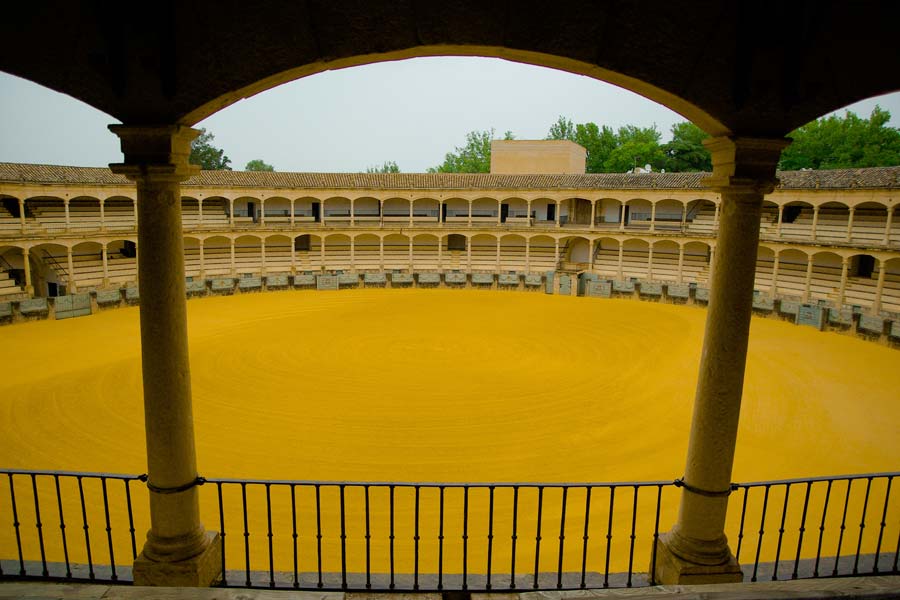
Tip from La Garganta: And as if that were not enough, you can access the terrace of the Hotel Catalonia to have a coffee in the afternoon, you will have one of the best sunsets in Spain before you, you can enjoy the Hoya de Ronda, the Guadalevín River and the roof of the Plaza de Toros de Ronda, which consists of a gabled roof made of Arab tiles.
Traditional Goyesque Bullfight of Ronda
If you have wondered what to see in Ronda, La Corrida Goyesca is something that you have to schedule. It takes place during the first week of the Pedro Romero Fair and Festival, which is usually located in the first week of September. In this bullfighting celebration the best bullfighters, novilleros and rejoneadores of the season gather. It is the event of the year in Ronda, the city is decked out and the streets are packed with locals and tourists, without a doubt a magnificent option to spend a day.
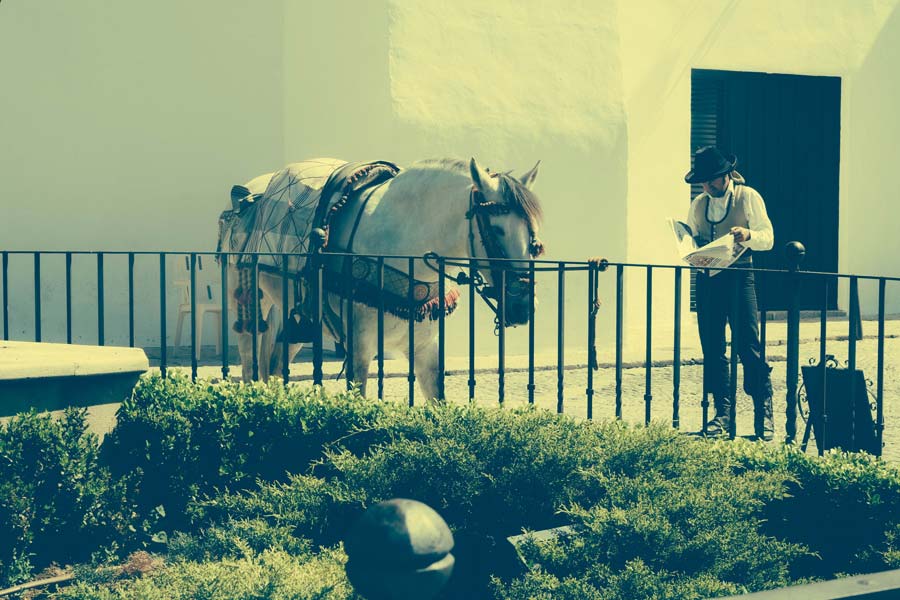
This year 2023 the LXVI Corrida Goyesca de Ronda will be held, but why did this event come about? The origin is found in the year 1954, when it was decided to commemorate the birth of the illustrious bullfighter Pedro Romero with the support of the second dynasty of bullfighting in Ronda, the Ordóñez.
Cayetano Ordóñez and his son, Antonio Ordóñez, stood up as bullfighting banners on foot because of their way of conceiving it. Thanks to them, they managed to capture the interest of personalities of the stature of Orson Wells or Ernest Hemingway, the latter of these coming to relate works such as “Party and death in the afternoon.” In this way they managed to show the Goyesca to the whole world and turn it into the mass event that it is today.
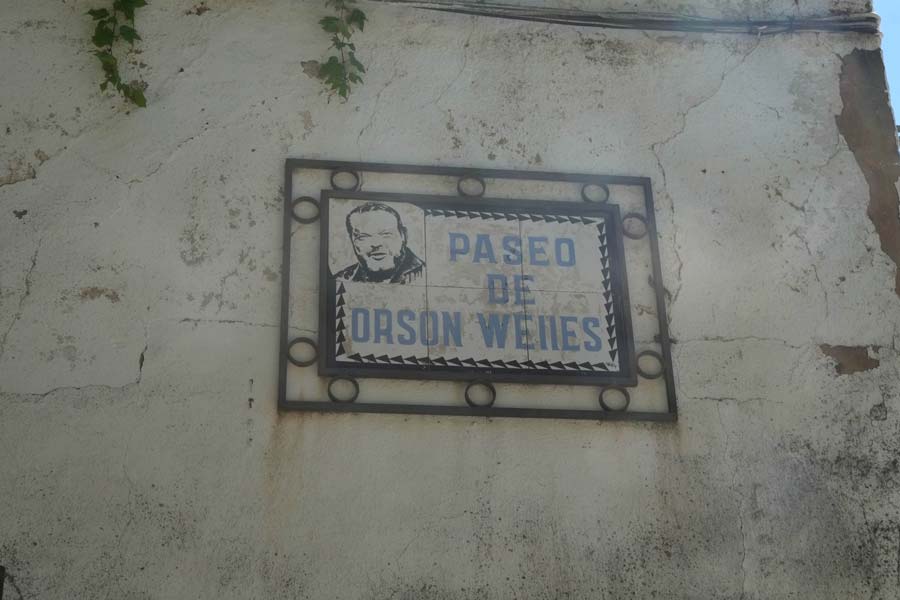
Tip from La Garganta: if you want to go to La Goyesca, we recommend that you buy tickets at the beginning of August, you can buy them online. Be careful if they offer you resale, it is punishable.
The Tajo de Ronda, the union of a city
Are you still wondering what to see in Ronda? The Tajo de Ronda is the most emblematic construction of this Malaga city. Its construction was executed between the years 1751 and 1793 with the purpose of uniting the two parts that formed Ronda at that time, the modern area (where the bullring, the parador or the mall are located) and the city (area of the Jewish quarter, the church of Santa María and the area of San Francisco). These two parts of Ronda were separated by the Guadalevín River, which for centuries came to excavate a gorge almost 100 meters deep.
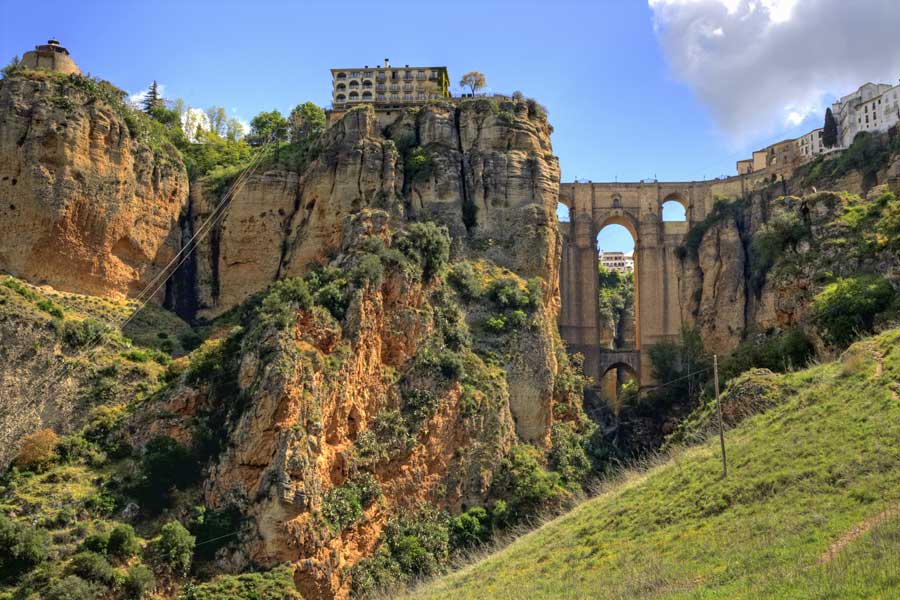
The bridge consists of a central semicircular arch supported by another smaller one through which the river flows. The material used for its construction was the stone from the bottom of the gorge itself. It is one of the top engineering works of the 18th century.
The Tajo de Ronda or Puente Nuevo has several peculiarities that make it more special:
- It served as a prison in its central rooms and one of the two side arches serving as a patio for the prisoners, it was a difficult mission to escape from there.
- The first attempt at construction took place in 1735, but due to structural failures the bridge collapsed, unfortunately causing around 50 victims.
- The bridge was paid for with votes from the Real Maestranza de Caballería and with taxes at the May Fair.
La Garganta Tip: To enjoy the magnitude and beauty of the Tajo de Ronda, we recommend that you go to Plaza de María Auxiliadora. Just to the left of the viewpoints in the square there is a stone staircase, take that path and take precautions, especially if it has rained recently. On the way you will find 2 viewpoints, in the first you can take the best photo of the pit, but if you are restless, you can go down to the second viewpoint. In this you can see the bridge and the waterfall of the river.

The Hermitage of the Virgen de la Cabeza, a refuge after the conquest
One of the key elements of what to see in Ronda is this hermitage. To get to this location it is recommended
The Hermitage of the Virgen de la Cabeza de Ronda dates from the IX-X century. After the Muslim conquest of Ronda, in 713, the city’s Hispano-Gothic communities moved to the lands inhabited by their ancestors, with prior agreement with the Arab conquerors. This allowed them to inhabit this area and continue with their customs and beliefs.
At first, there were only about 10 monks who kept the hermitage inhabited until the 18th century as a place of worship. Although unfortunately, at that time it was abandoned and it was not until the 80s, when the Brotherhood of the Virgen de la Cabeza reinstated the Hermitage and keeps it active.
The current Hermitage of the Virgen de la Cabeza maintains the same structure as that of the original one from the 9th century. It distinguishes three areas:
- Cult area.
- Residence area.
- Storage area.
Despite being outside of Ronda, it is one of the most recommended visits, due to its rich history and the wonderful views it offers from its terrace.
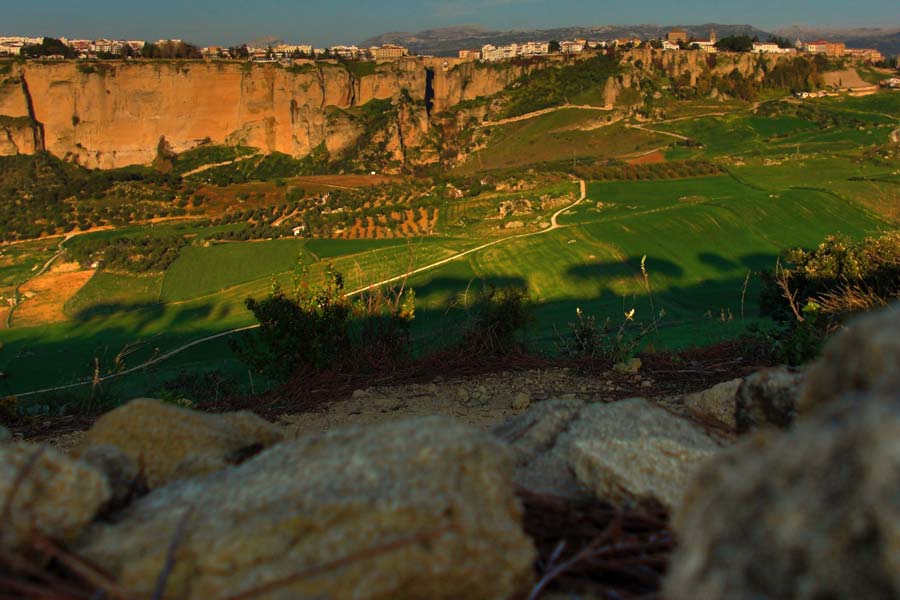
The Arab Baths of Ronda, a jewel that has resurfaced again
The Arab baths of Ronda have had their story of love and heartbreak with the city of Ronda. They were adapted during the Muslim domination, between the 13th and 14th centuries, since their origin comes from Roman times, but there is no record of the date of construction. The first lack of love occurred after the reconquest of the city in the fifteenth century because they were abandoned due to intense Christian morality and the flooding of the Guadalevín River.
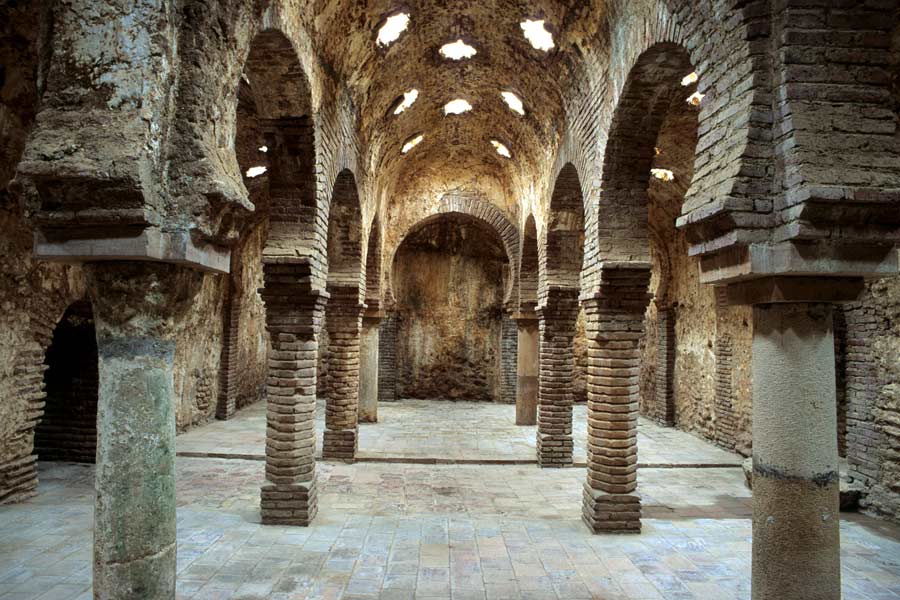
Although, as we indicated previously, the city fell in love with them again thanks to the desire of the Duchess of Parcent to build gardens on the same site. It was thanks to this commission that the ruins arose, which after State intervention in 1935, were restored, giving birth to the three bathrooms, the boiler, the water conduction systems, the roofs with barrel vaults and arches. half point.
All this history, its own architecture and the magnificent state of conservation, make the Arab baths of Ronda one of the must-see monuments.
The Mondragón Palace, where the Catholic Monarchs resided
One of the most important Mudejar-Renaissance buildings in Ronda is the Mondragón Palace, also known as the Palace of the Marqués de Villasierra.
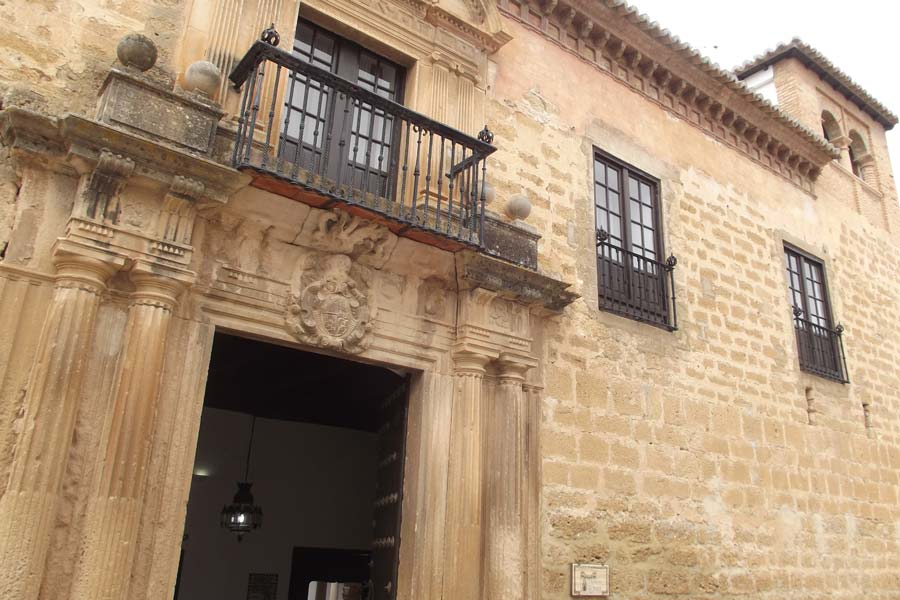
The palace mixes Arab architecture with Renaissance architecture applied in the centuries after the reconquest by Fernando and Isabel, who lived in this building for a while.
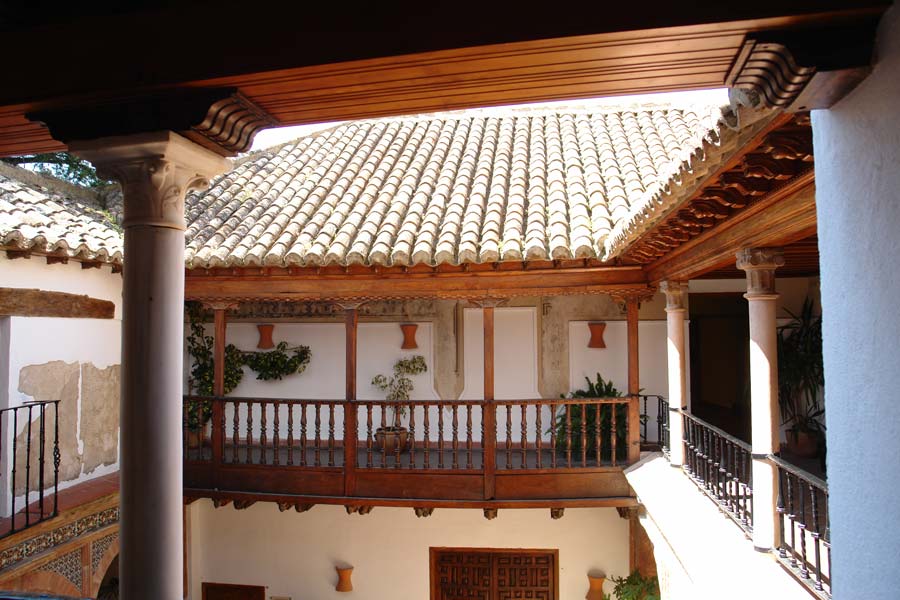
Since the time of the reconquest, the Mondragón Palace has received numerous structural and aesthetic improvements. The building has an imposing façade, which is completed with two brick towers. Inside we can find three patios, which configure and organize the life of the palace.
- In the first patio (patio del pozo) we find a gallery with semicircular arches, the construction dates from the 18th century.
- In the second patio (Mudejar patio) Gothic, Renaissance and Mudejar styles are mixed, this second location dates from the 16th century.
- In the third patio (patio leading out to the garden) it has a late Gothic style with a horseshoe arch, which will take us to the wonderful garden of the palace.
Another notable aspect of the Mondragón Palace is the noble hall of the palace, which has an impressive Mudejar coffered ceiling.
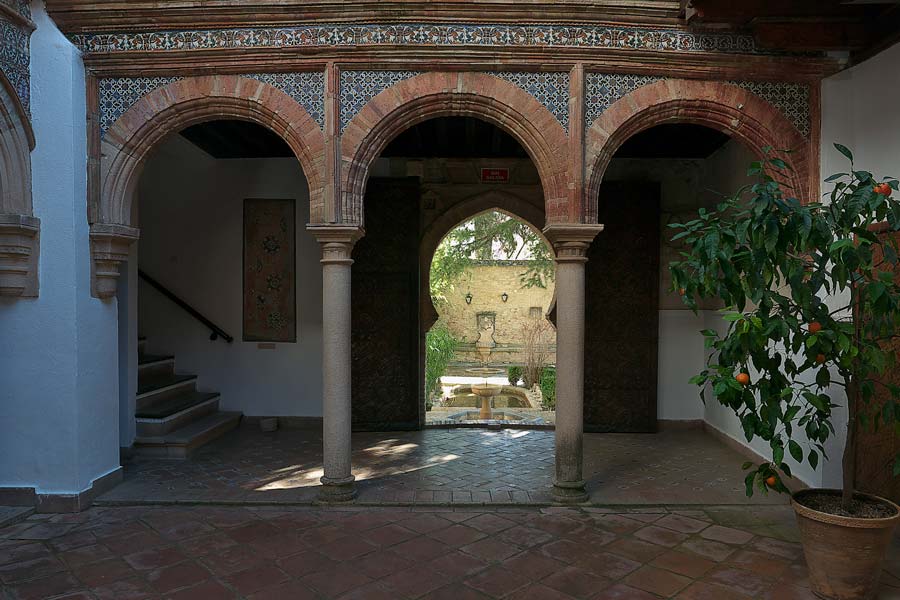
La Garganta Tip: It should be noted that, today, the palace houses the Ronda Municipal Museum and offers the option of visiting the palace gardens, a visit that we recommend for the views it offers.
The Parador de Ronda, the best views of the city
One of the buildings with the best location and views in the entire city, that is the Parador de Ronda. This building, which belongs to the national network of inns, is located in the old town hall. It is located on one of the sides of the Tagus, which allows you to enjoy unparalleled views.
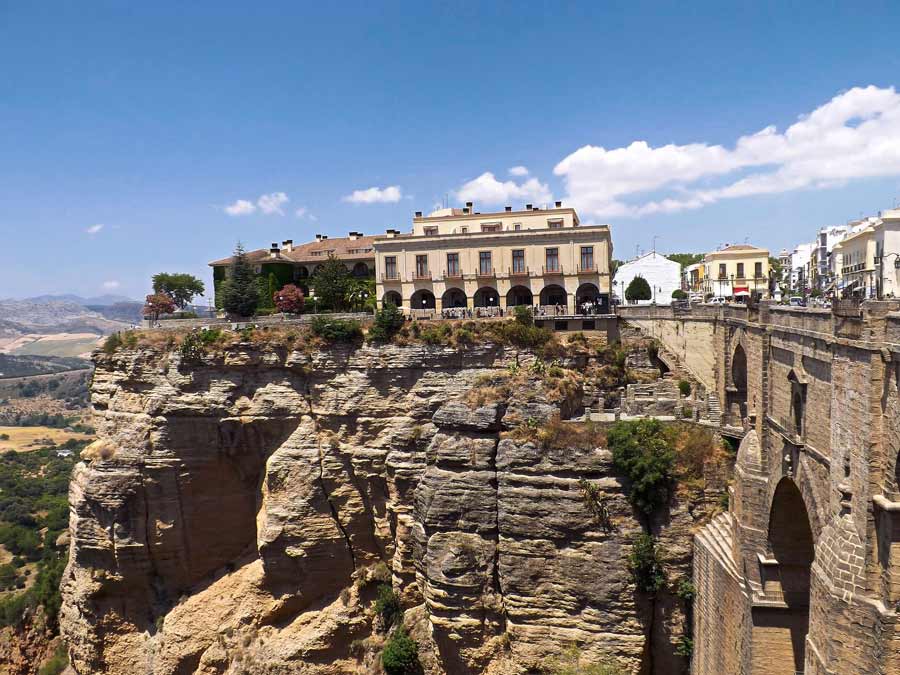
The interior of the building has magnificent rooms, among which its gardens, swimming pool and terraces stand out. From the Parador de Ronda we can delight ourselves with the Hoya de Ronda, the pit, the cuesta del cachondeo (very famous for being the last section of the 101 kilometers that the legion organizes in the month of May), the Sierra de las Nieves and the Cork oaks.
Tip from La Garganta: if you like good treatment and personalized attention, we recommend that you take your mid-afternoon break here to have a coffee and enjoy the views.
The Church of the Holy Spirit, robust on the outside and baroque on the inside
The construction of the Church of the Holy Spirit in Ronda began in the same year that the city was conquered by the Catholic Monarchs. To facilitate and speed up the construction of this temple, it was built on top of the old mosque that was in the same location.
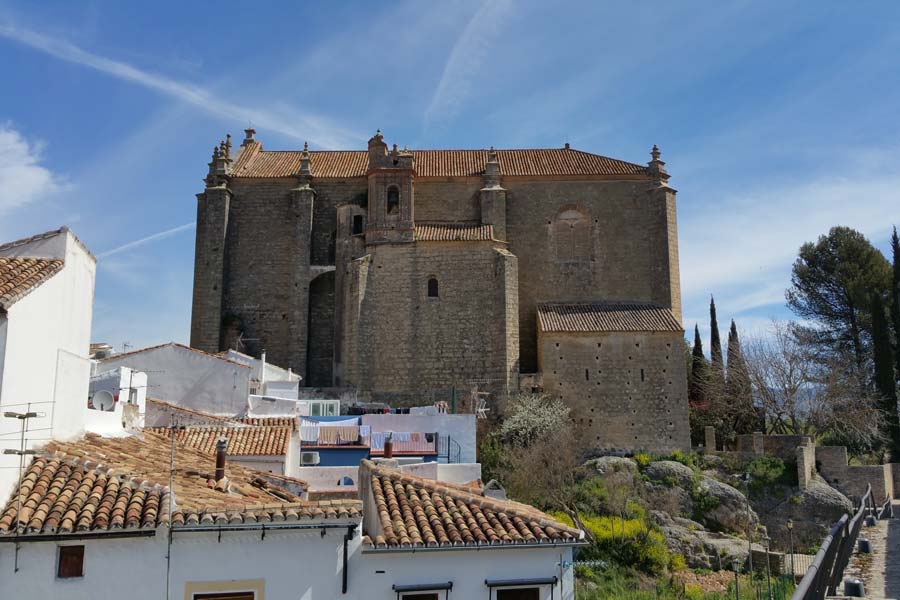
The construction took 20 years, the name was decided due to the day in which the city was taken, the Easter of the Holy Spirit. The church has on the front a triangular pediment adorned with a porthole. On the other hand, it has a mullioned stained glass window and a niche with a dove, representing the Holy Spirit.
The church is made up of a single nave, which, together with its exterior, gives it the appearance of a church-fortress, although the interior is a Baroque jewel. Taking advantage of the visit to the Church of the Holy Spirit, you can visit the Puerta del Almocábar and the city walls.
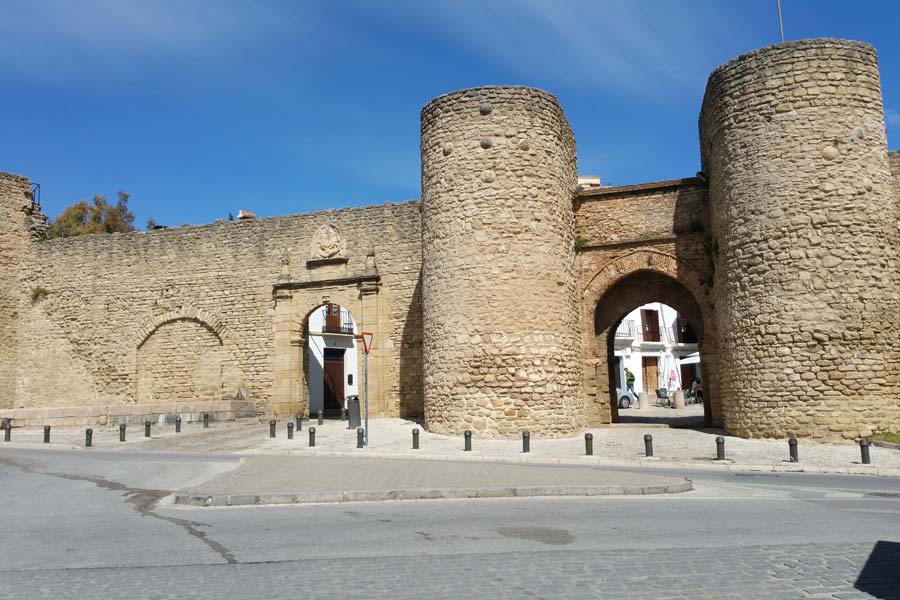
Tip of La Garganta: like the Hermitage, we recommend that you check this link for opening hours.
The House of the Moorish King in Ronda, a paradise for lovers of patios and gardens
This monumental complex has a long history in the city. It begins in the 14th century and lasts until the 20th century.
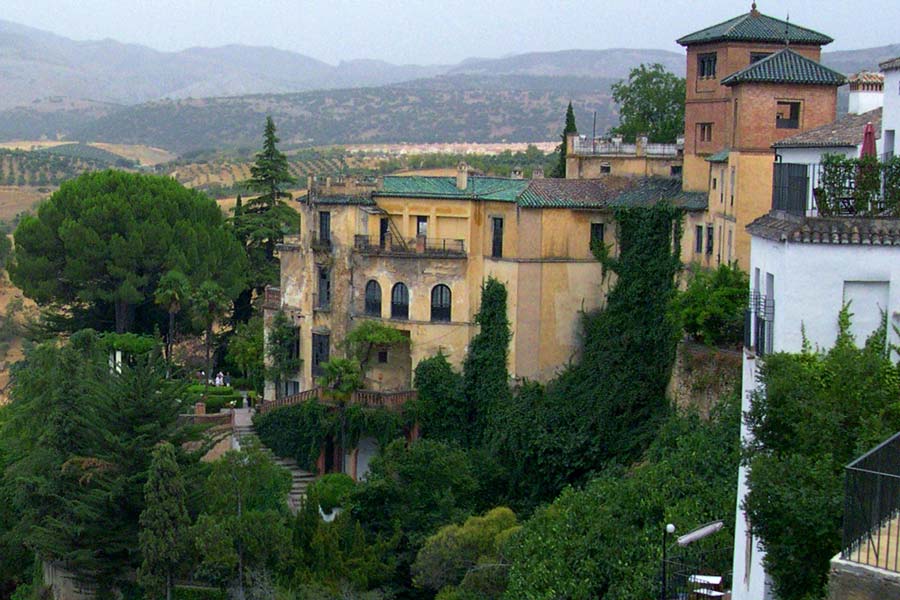
Throughout these 6 centuries, the House of the Moorish King of Ronda has played notable roles in the reconquest and defense of the city. It is made up of a Muslim water mine, a neo-Mudéjar style house and a garden declared an Asset of Cultural Interest. In total, it has an area of 3,700 m2 and is located in the northern part of the Muslim city.
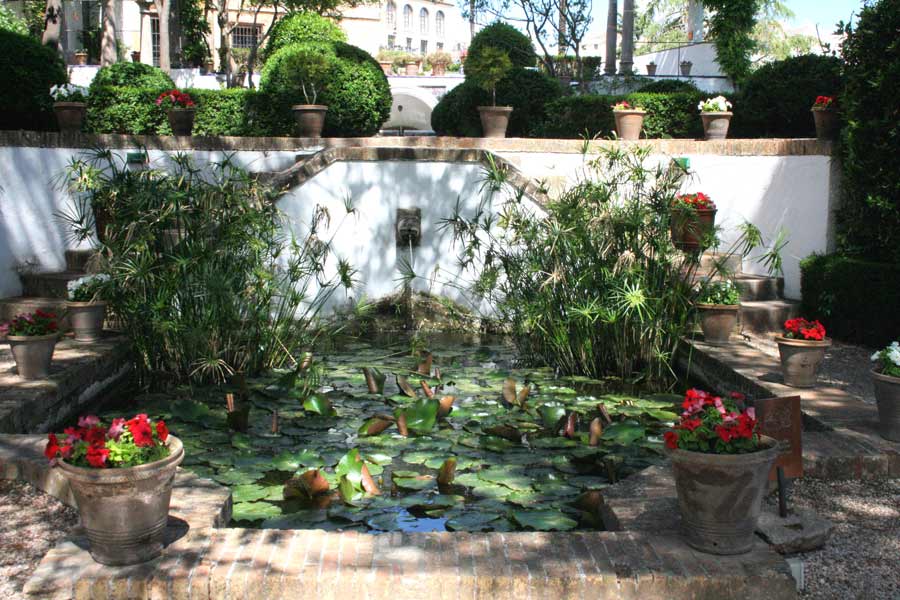
Tip of La Garganta: When you visit the House of the Moorish King in Ronda you can visit both the mine and the garden, we recommend it to enjoy the views of the Peñón de los Enamorados, the Cuenca Gardens and the Santo Domingo Convent.
Visit the Guadalevín River
From the Casa del Rey Moro itself there are stairs that allow you to go down to the banks of the Guadalevín river. We warn you that the descent and ascent are long, so you have to be prepared for physical exercise.
This activity is not as well known as others, it is one of the ones that you enjoy the most tranquility in this list of what to see in Ronda.
The Plaza del Socorro in Ronda, the nerve center
The nerve center of all the activities that have been carried out and are carried out in Ronda, that is the Plaza del Socorro. In it you can find bars and restaurants, as well as benches to rest for a while or read. It also offers the possibility of visiting the Church of Nuestra Señora del Socorro.
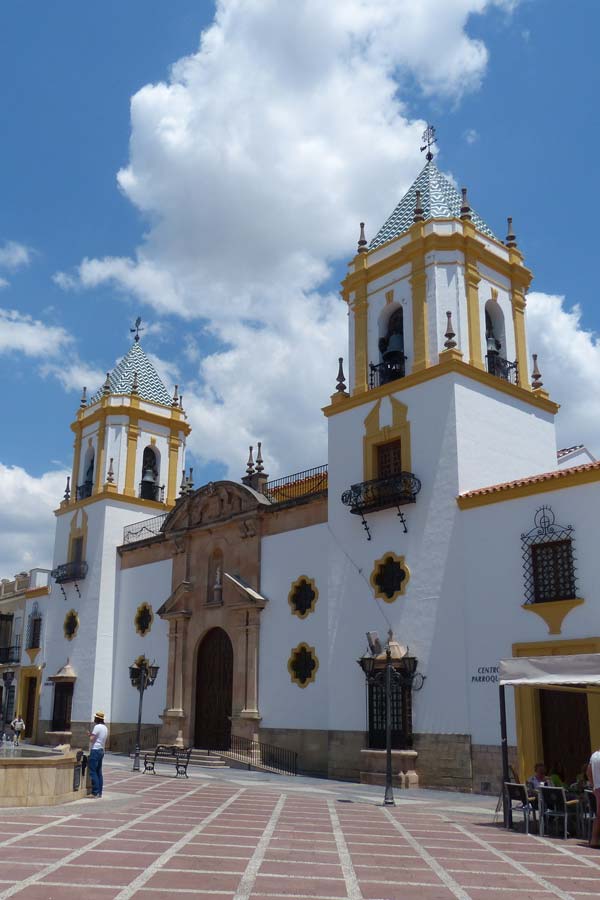
In the center of the square there is a fountain of Hercules, a sculpture by Blas Infante and the Andalusian flag, all these monuments and symbols are here in reference to the role that the city had, and the Casino de Ronda, in the first moments of the Community of Andalusia.
In 2019, the Plaza del Socorro was completely remodeled. The black and white mosaic on the floor has been recovered, along with the central pergolas and open spaces that focus attention on the monuments in the square.
La Garganta tip: try to access the Casino de Ronda, it is located just to the left of the Iglesia del Socorro. It was there that the Ronda Assembly of 1918 was held, which was of vital importance for the current Community of Andalusia.
The Alameda del Tajo, will not leave you indifferent
It is the ideal place to walk and end your visit to Ronda. The Alameda del Tajo, formerly called Alameda de San Carlos, is a tree-lined promenade with five parallel avenues that lead to Paseo de Blas Infante and Paseo de los Ingleses.
The Alameda del Tajo was built at the beginning of the 19th century, it has a wide variety of plant species, highlighting some bicentennial trees, and it also has a small reserve of ducks and birds on its right side. It is highly recommended to get closer to be able to see the animals up close.
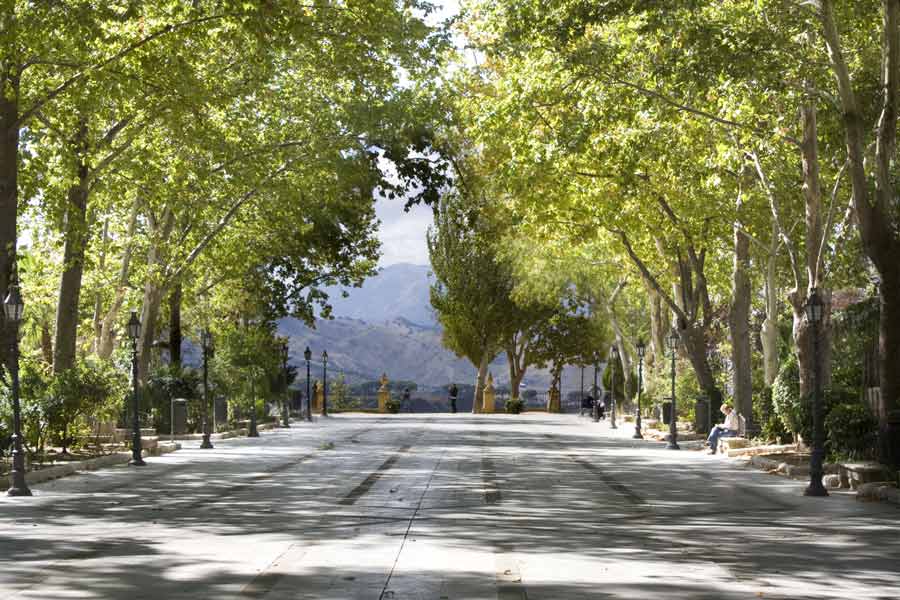
Tip of La Garganta: The best option to enjoy the Alameda del Tajo is in the spring months, since you will find the vegetation in its maximum splendor, although it is worth visiting at any time of the year. We recommend that you go at the end of the day to enjoy the sunset that it offers from its balconies, you can delight yourself with the Hoya de Ronda and part of the Serranía de Ronda, without a doubt, an incomparable setting.
How to get to Ronda from La Garganta?
Now that you know what to see in Ronda, now it’s time to know how to get here. To get to Ronda you have to go to the town of Ardales on the MA-5403 road, that is, as soon as you leave our premises, take the road to your right. Once you arrive at Ardales, you join the A-357 road towards Ronda-Campillos. After this, you have to take the exit towards the A-367 road towards Ronda, the last deviation to get to Ronda from our “La Garganta Tourist Complex”. The duration of the journey is approximately one hour.
We hope this article on what to see in Ronda has been of great help to you and thus to prepare your visit to the dream city. If you still do not have a place to stay and you are looking for a quiet stay with accommodation and a good restaurant, make your reservation at our Tourist Complex.
We welcome you with open arms!




